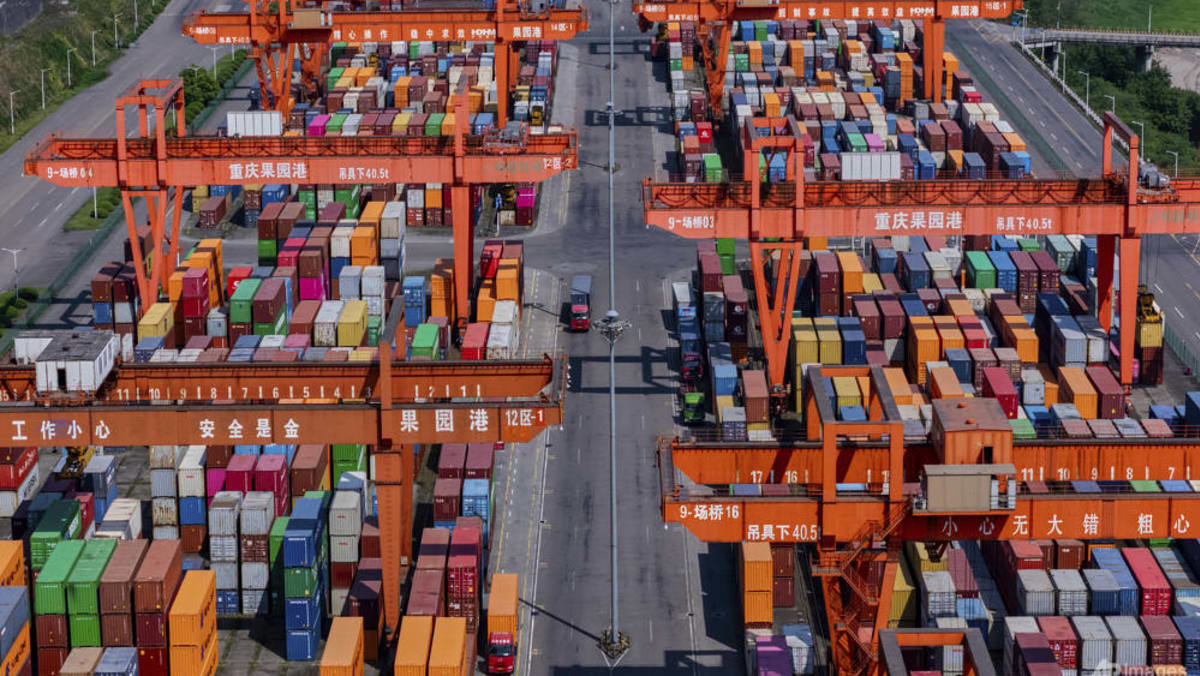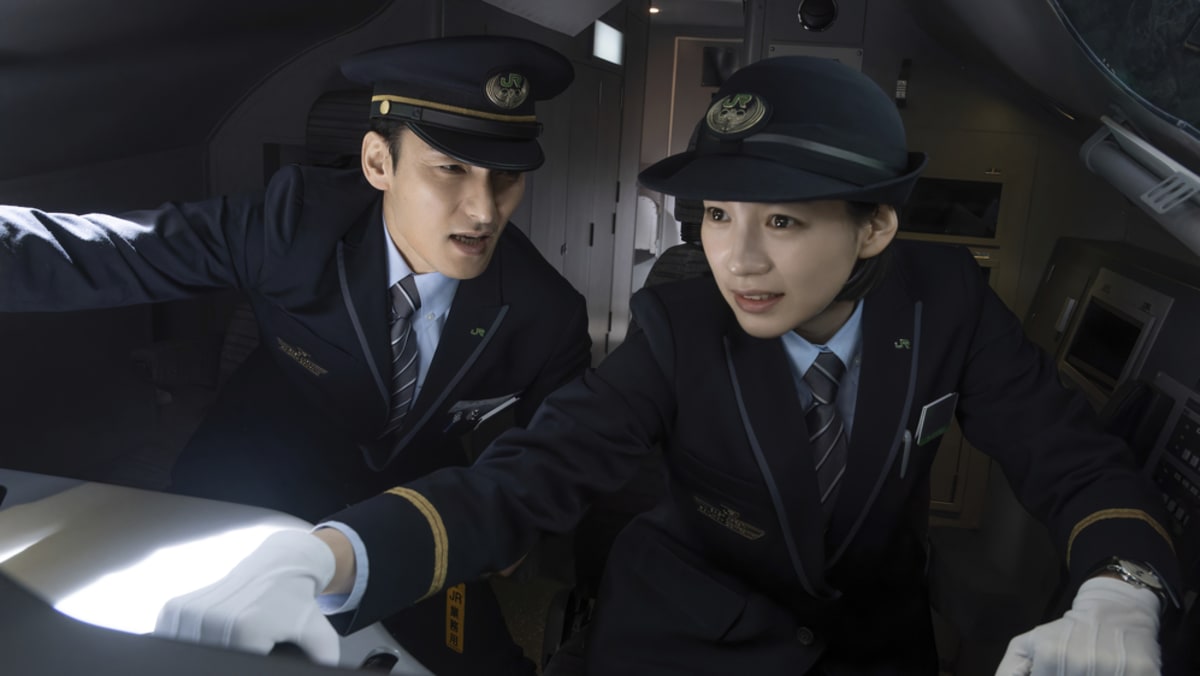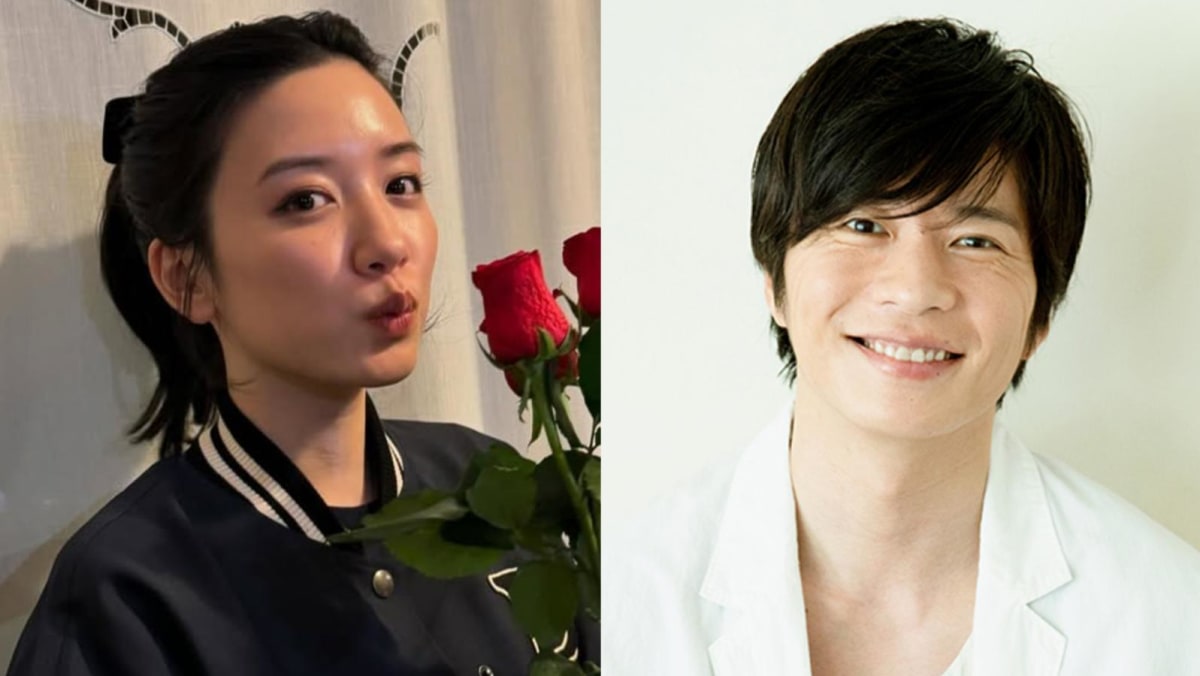A huge LED wall was used on the set to project visuals of passing landscapes as seen from the train window, and those shots were juxtaposed seamlessly with footage shot on a real train.
The explosions are strangely exhilarating, and beautifully depicted with scattering sparks and smoke.
Higuchi stressed that the filmmakers were careful to make sure the criminal act, as depicted, is not physically possible today.
He said Bullet Train Explosion marked a challenging departure from his past movies that were about heroes and monsters.
“I examined the question of evil, and how we pass judgment on a person,” he said.
“That’s what my predecessors did as directors before me: Try to show what happens if you commit evil,” he added. “And I tried to give my answer.”
One departure from the original, which starred the late Ken Takakura as the bomber, is that Higuchi chose to focus on the train workers.
Tsuyoshi Kusanagi, formerly a member of boys’ band Smap who portrayed a transgender woman in Eiji Uchida’s Midnight Swan, is convincing as a dedicated Shinkansen worker.
“I always have fun working with the director,” Kusanagi said of Higuchi at a Tokyo premiere earlier this week. “I’ve loved him for 20 years.”
Kusanagi starred in Sinking Of Japan, Higuchi’s 2006 science-fiction thriller about a natural catastrophe that threatens Japan’s very existence.
East Japan Railway Co, formed after the national railway was privatised, which operates the bullet train featured in Higuchi’s reboot, gave full support to the film. It allowed the use of real trains, railway facilities and uniforms, as well as helping train the actors to simulate its workers and their mannerisms.
The bullet trains have long been a symbol of Japan’s blossoming as a modern economy and peaceful culture in the decades following World War II.
The first leg, connecting Tokyo with Osaka, opened with much fanfare in 1964. The system now connects much of Japan, from the northernmost main island of Hokkaido through southwestern Kyushu. The train featured in Higuchi’s work connects Tokyo with northern Aomori.














